Las tejedoras mayas se defiendenCansadas de que sus diseños fueran explotados por otros, estas tejedoras mayas decidieron cambiar la historia.
Posted by AJ+ Español on Friday, April 14, 2017
What’s the worth of the many months of work it takes Mayan women to weave a huipil? Not much, often just a few pennies. And if a brand appropriates it, nothing.
“It’s fine and labor-intensive work,” says Angelina Aspuac (a leader of the National Weavers Movement and president of AFEDES, Asociación Femenina para el Desarrollo de Sacatepequéz - Women’s Association for the Development of Sacatepéquez), but it’s not valued because of the pervasive racism against indigenous people in Guatemalan society. Racism doesn’t allow people to see the artistry and value of the weavings, it just defines these as colorful rags.
"Normally, at the beginning, when women are weaving a huipil, they are weaving it for themselves. But when an urgent need appears, as it’s bound to happen, they end up selling it. It’s painful to sell it, especially for the very low price they get for it."
But a group of Mayan women have decided to change this. In February of 2017, they launched a legal demand to the Guatemalan Congress, requesting the enactment of a law that recognizes the collective intellectual property of Mayan communities over their creations.
“There are many different kinds of weavings in Guatemala,” says Angelina Aspuac. “Huipiles (blouses) depict the history of our country, of our Mayan culture of more than 6000 years ago. Many of the designs represent our love of nature, our protection of life, of water sources. With our traje on, we feel as if we’re greeting the stars, the moon, the whole universe. That’s why we want to conserve our weavings and our dress. But at this time there is no legal recognition or protection of our creations."
Mayan weavers denounce the very low prices they are receiving for the work and the fact that some businesses are copying their designs. "At this time people are buying huge numbers of our textile pieces. Many of these are destined for the international market but a lot are sold within Guatemala."
"There are many businesses that are using our designs. For example, BCBG is selling a collection of jackets with the designs of huipiles from the Ixil area - from the women who live in northern Quiche. Their permission was never requested and they are not being paid for the rights to use and reproduce their designs."
The National Weavers’ Movement of Guatemala demands that weavers be recognized as the legitimate owners of their designs. That implies that any business that wants to use their designs must pay for the right to do it.
“Our daughters and granddaughters don’t want to weave anymore, because you can’t make any money with this work” says Gloria Estela Garcia, a weaving teacher.
"Indigenous people are passionate about conserving life, protecting our rivers, our forests," according to Angelina Aspuac. "Today these too are being threatened by the Guatemalan state because of powerful economic interests that don’t value life. Our textiles are intimately connected to this struggle for the defense of our water sources and forests, for it is nature that we inscribe into our weavings with myriad colors and hope."

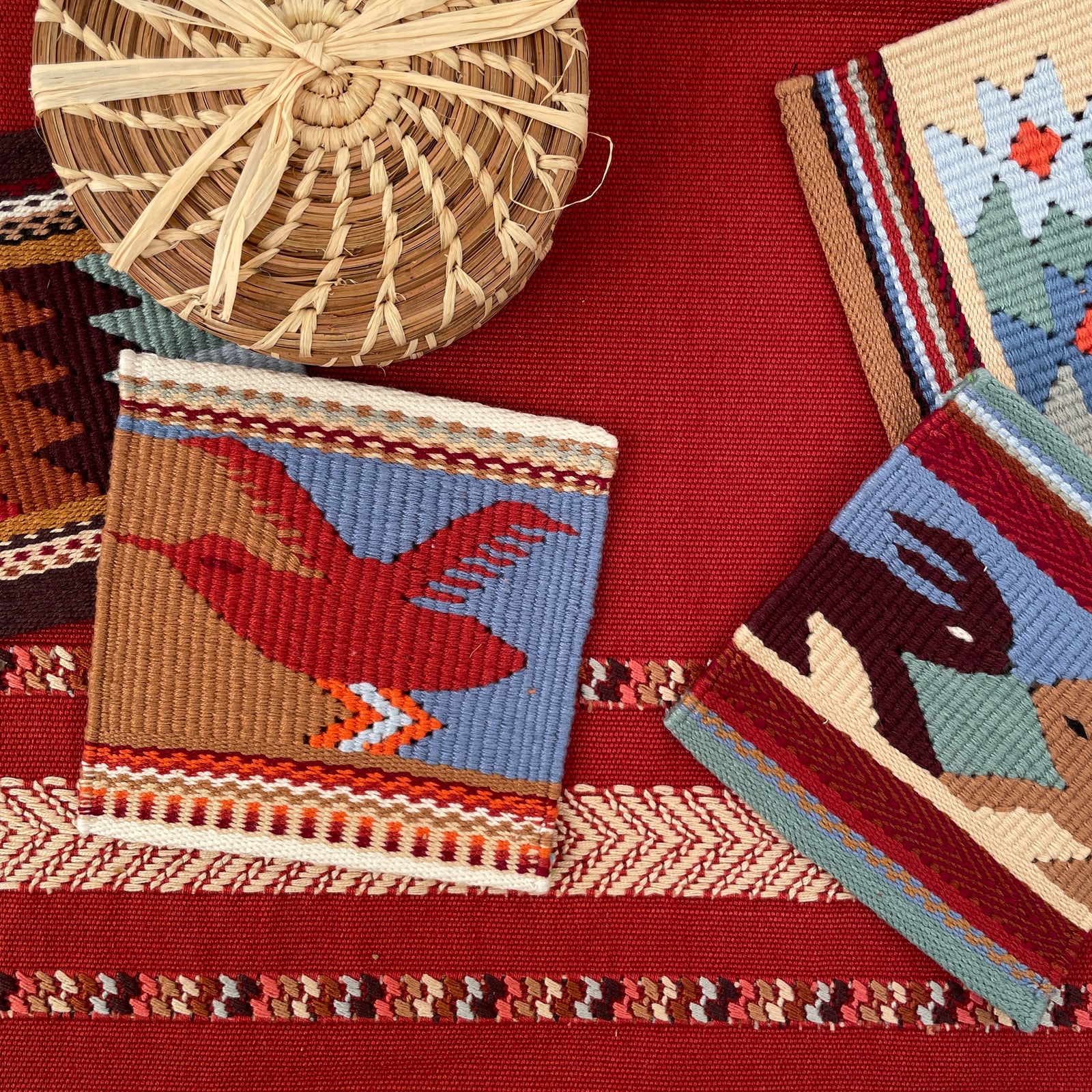
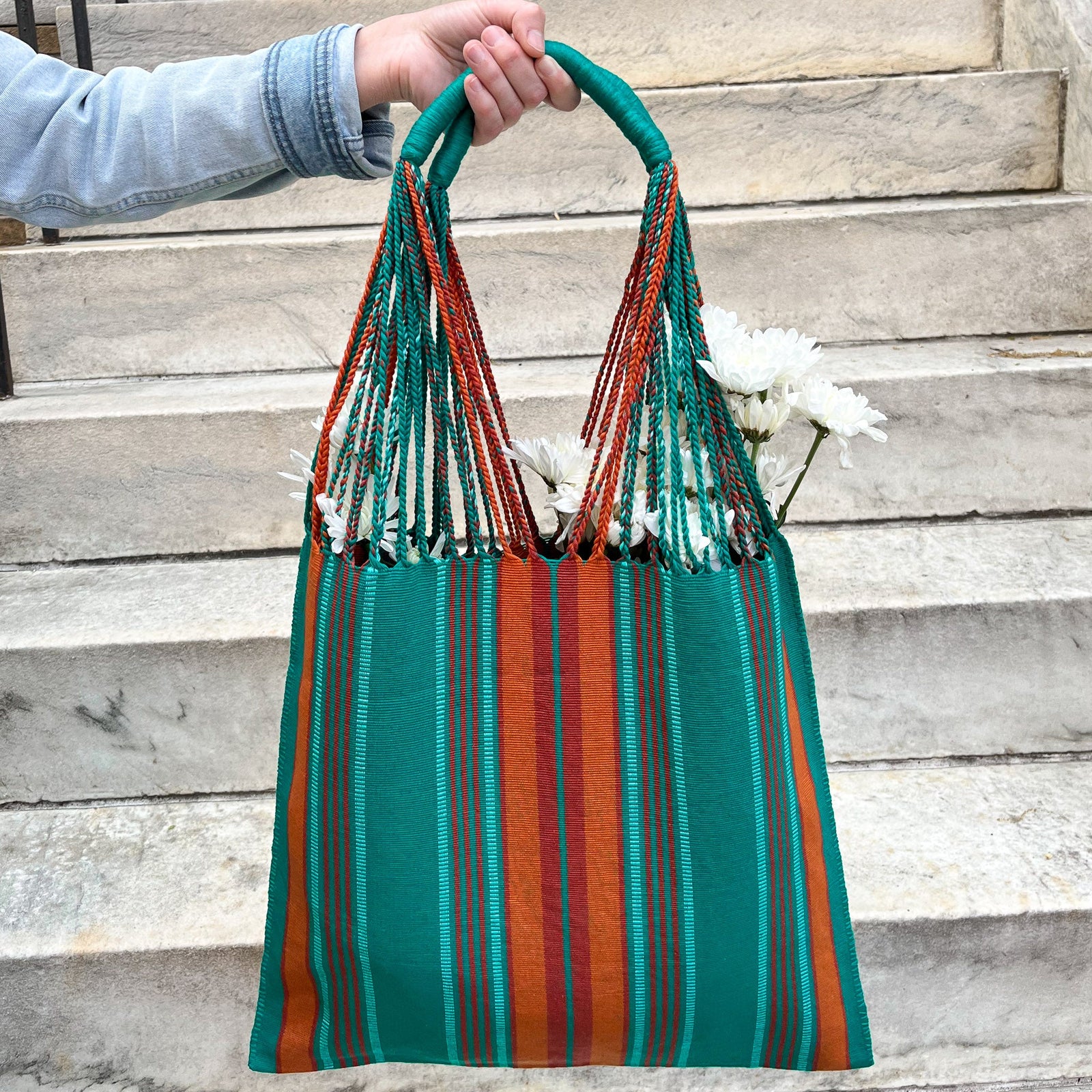
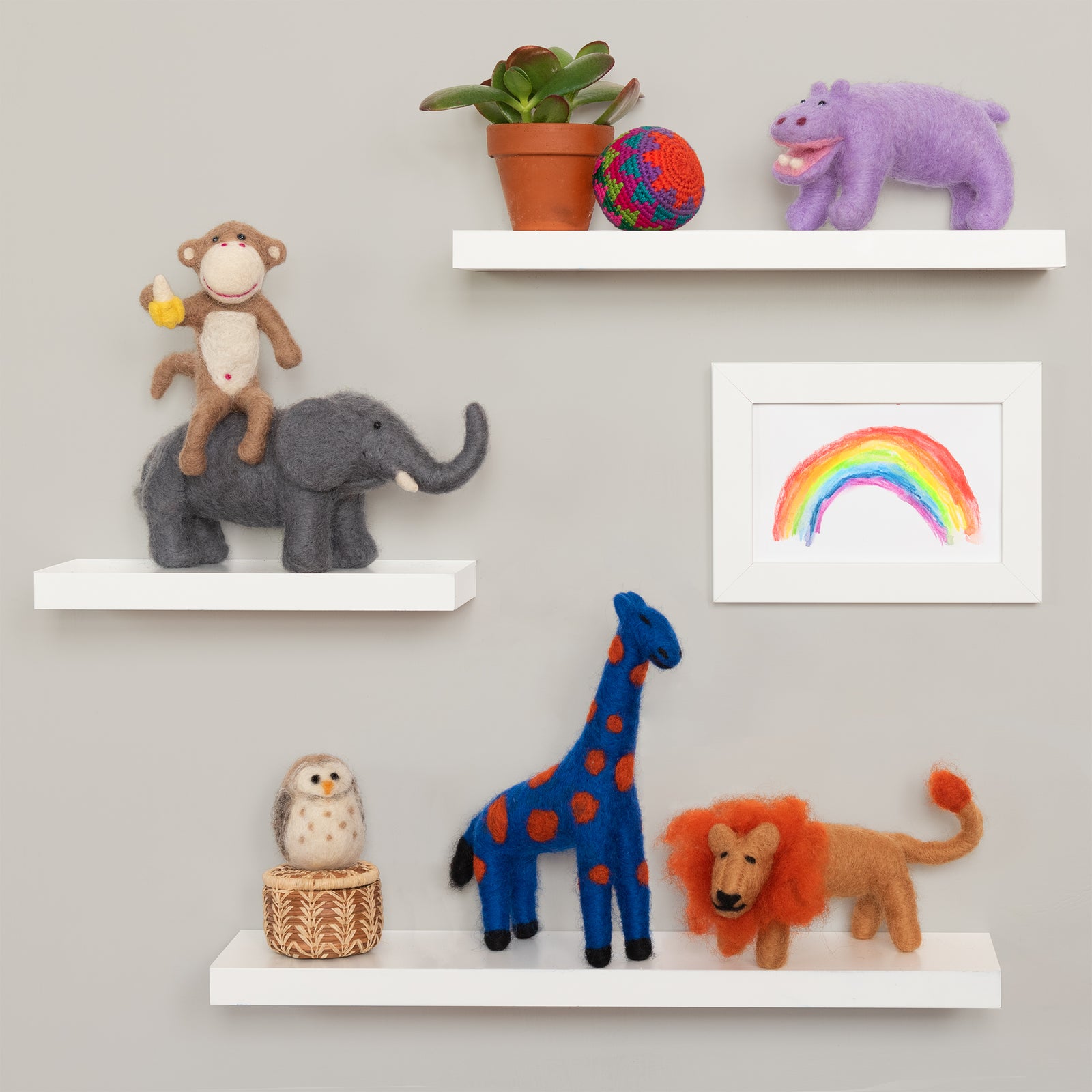
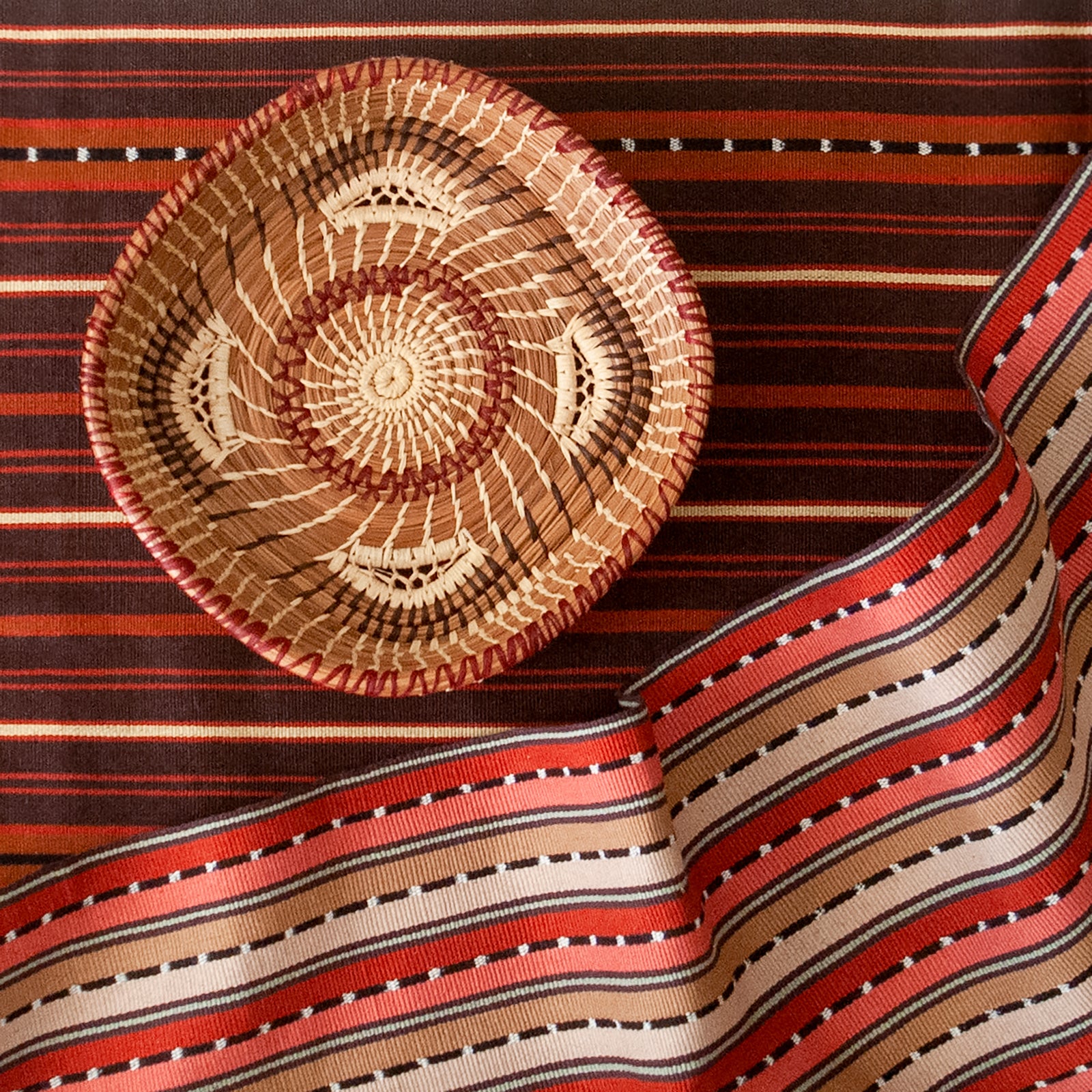
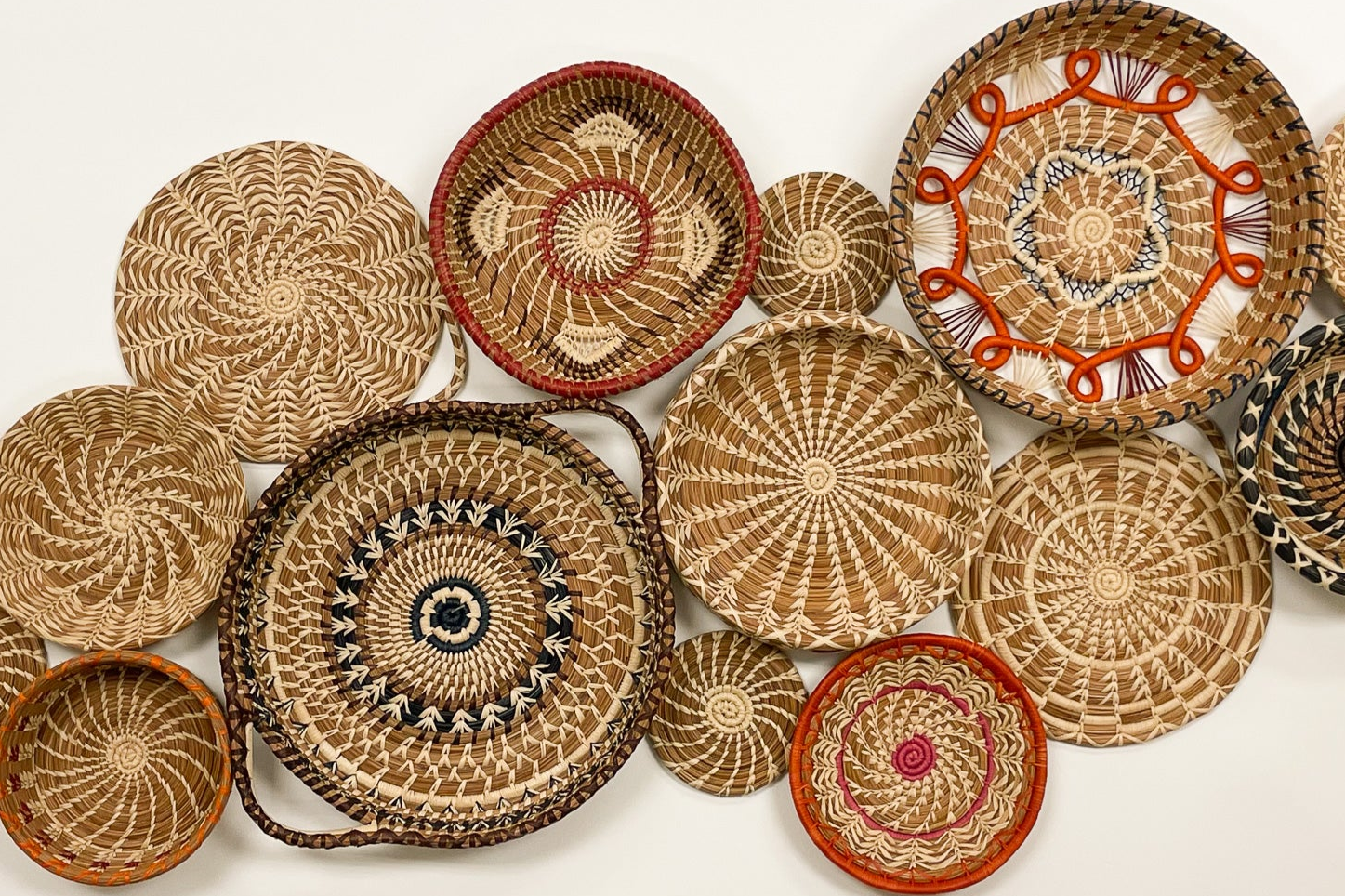
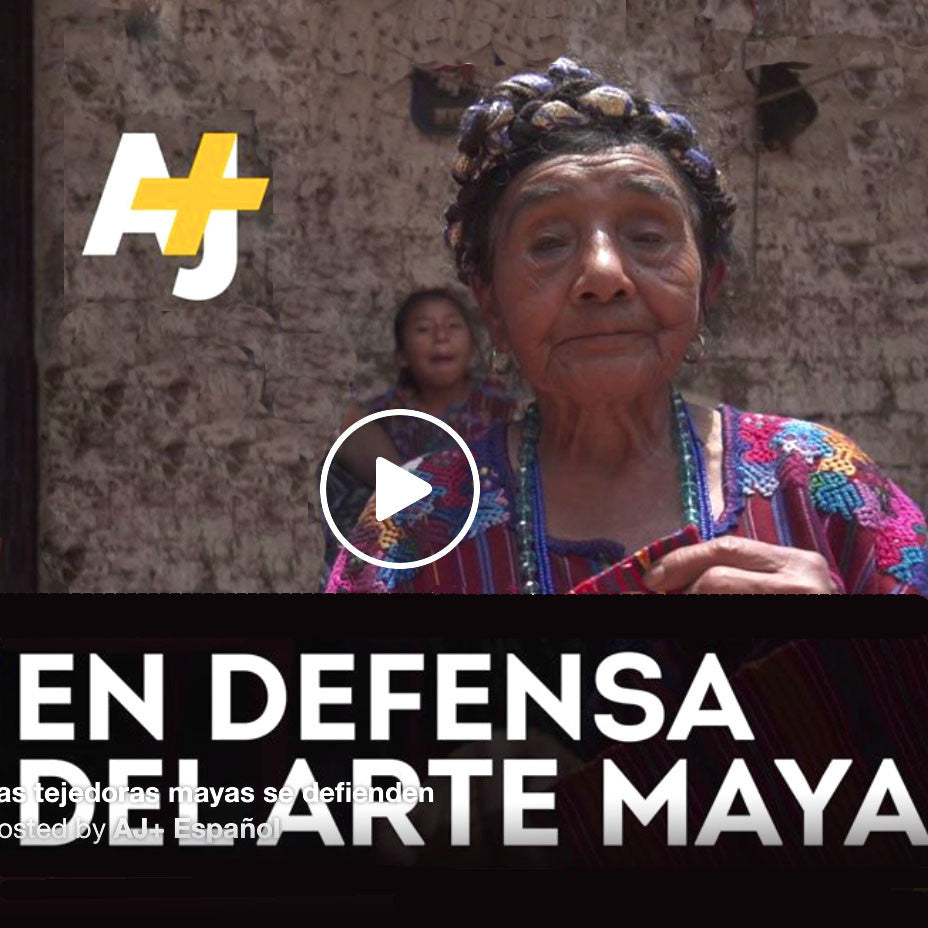
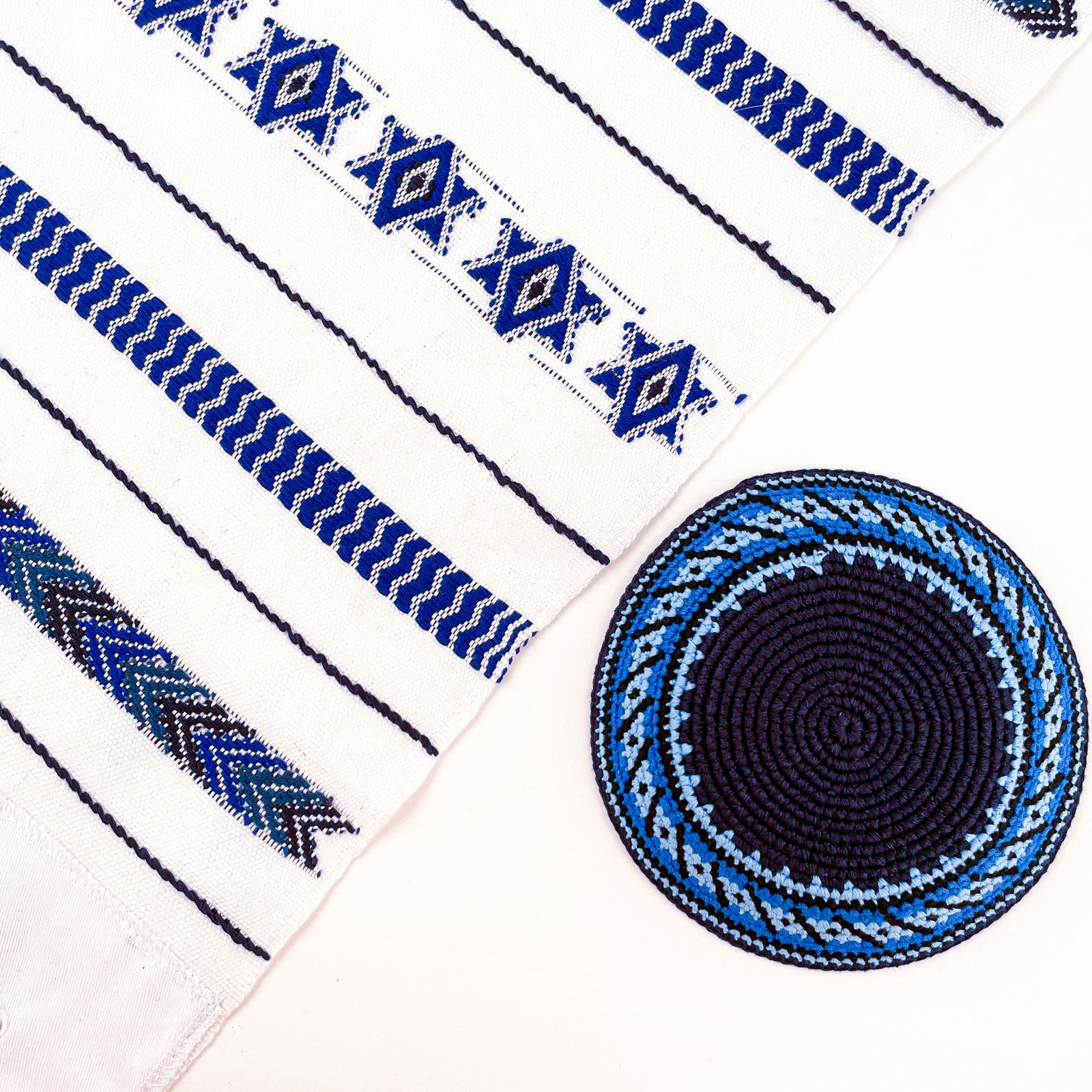
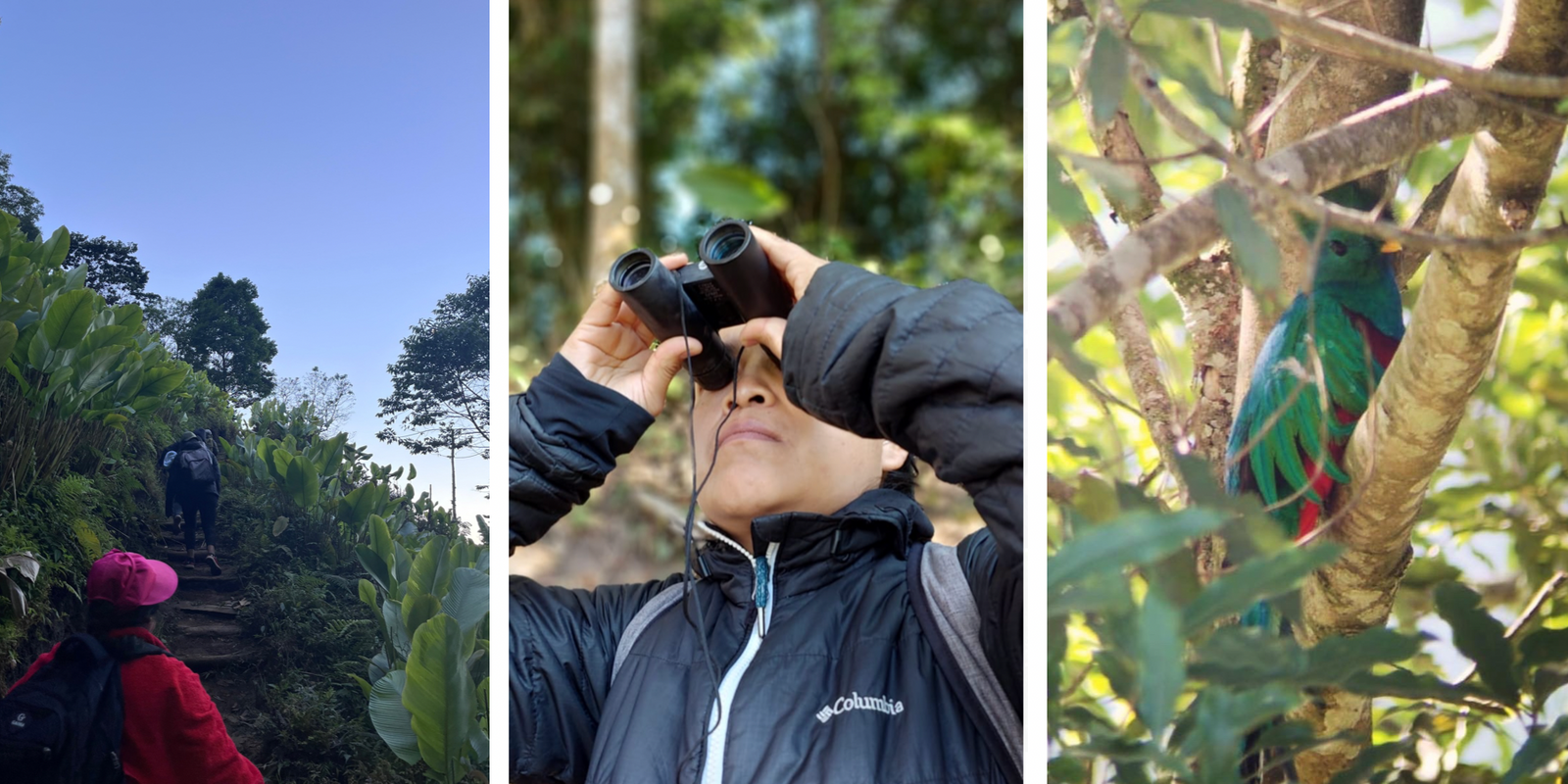
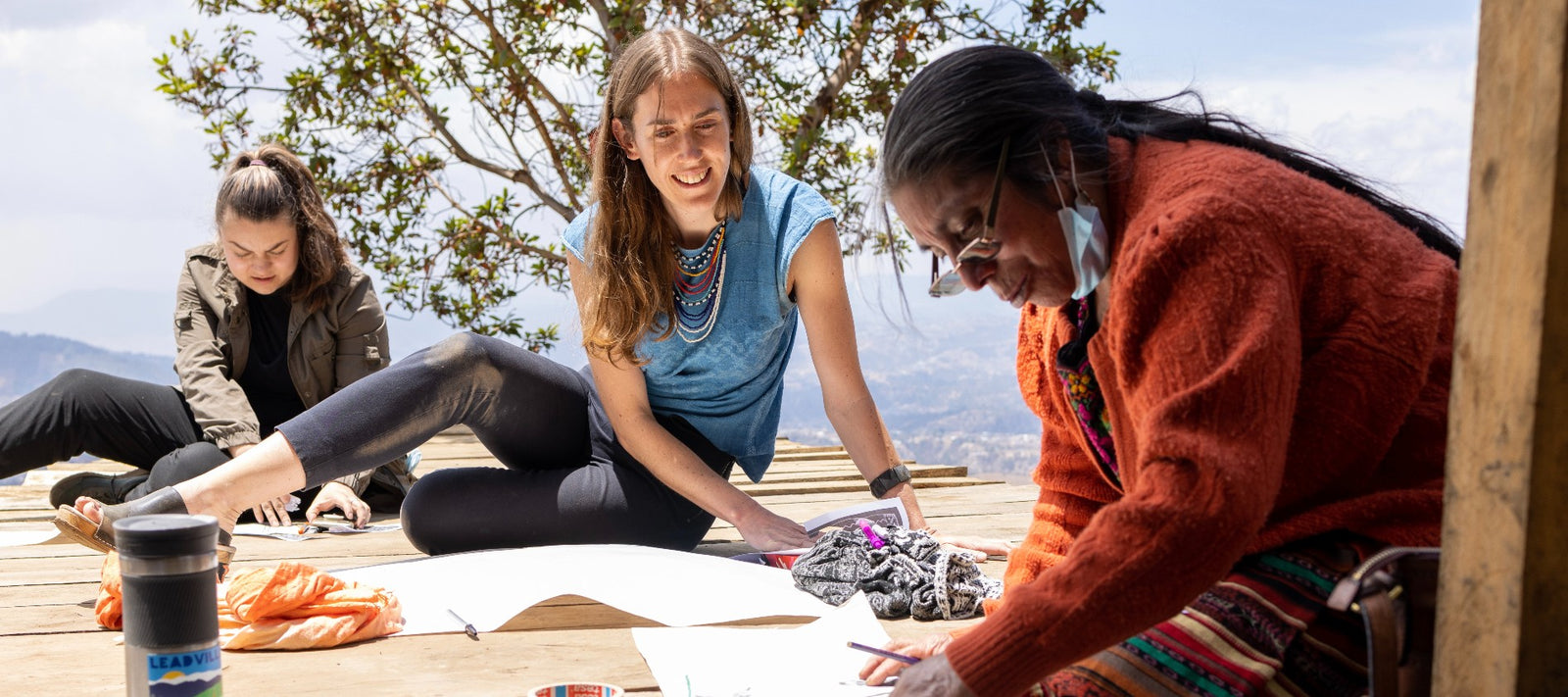
Leave a comment (all fields required)